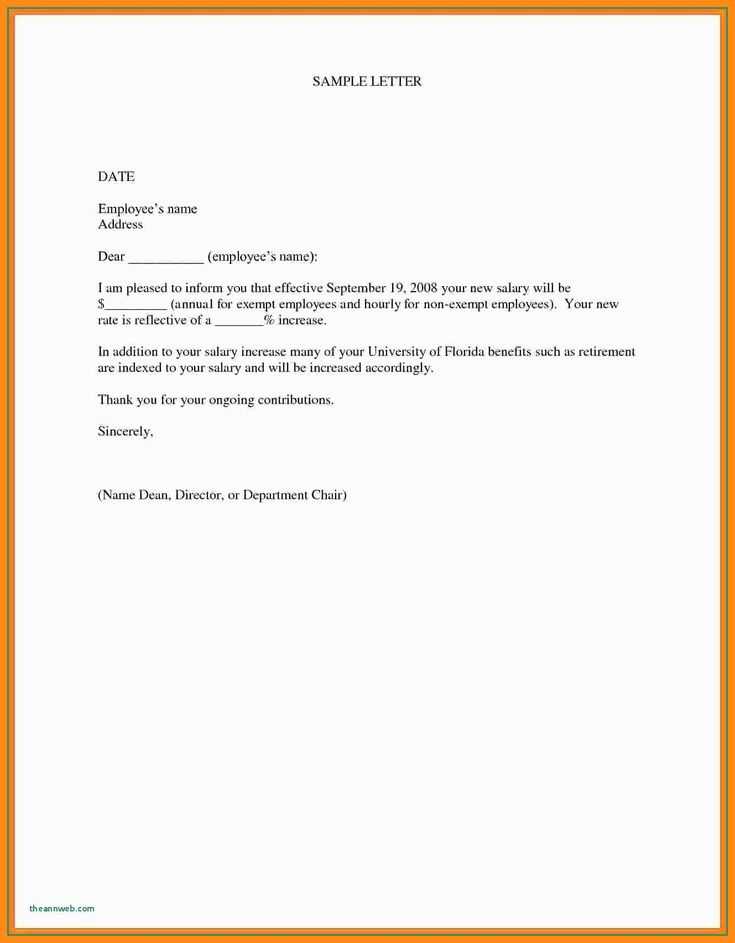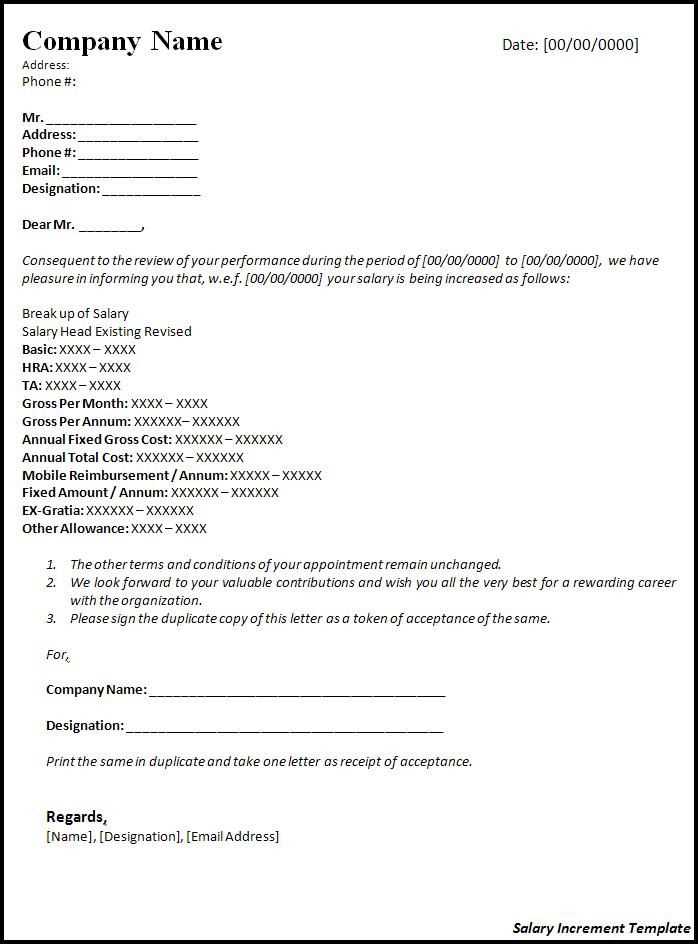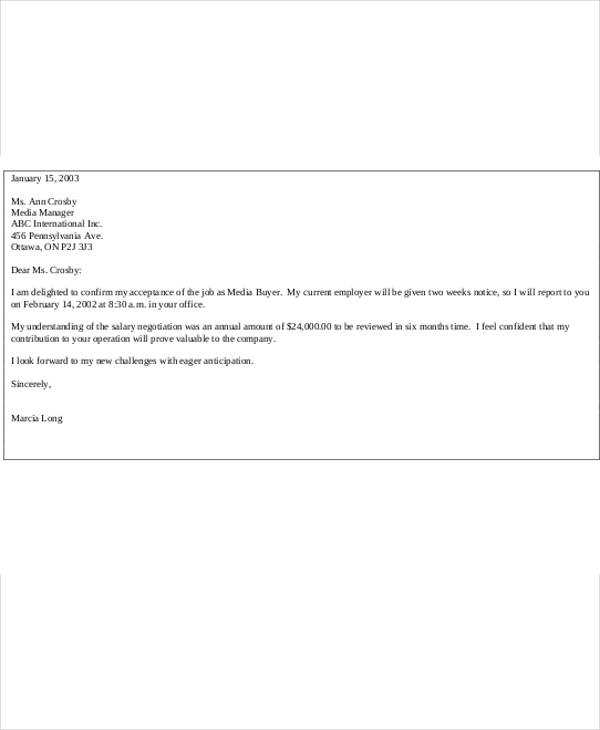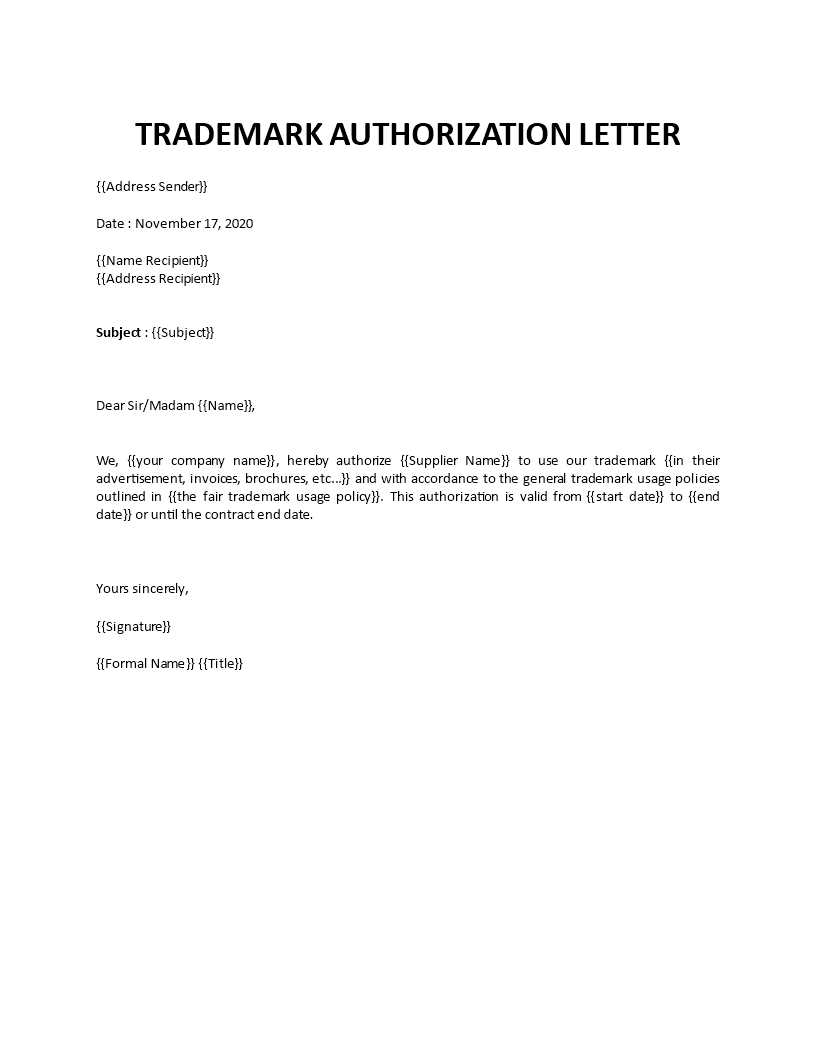Salary Reduction Letter Template for Employers

When financial constraints require a change in compensation for your staff, it’s essential to handle the situation with care and clarity. A well-crafted message can help maintain transparency, trust, and a positive relationship between you and your team. This article outlines an effective approach to drafting communication for pay changes in the workplace.
Important Components of a Compensation Change Notice

Effective communication about pay adjustments should include key details that ensure understanding and avoid confusion. Here are the essential components that should be included:
- Introduction: A polite opening, explaining the purpose of the message.
- Reasoning: A clear explanation of the factors driving the change.
- Effective Date: Specify when the new compensation terms will take effect.
- Offer of Support: Provide reassurance or options for questions.
- Closing: A considerate conclusion to maintain a positive tone.
Crafting a Clear and Respectful Message

While it’s important to communicate the facts, it’s also crucial to approach the subject respectfully. Be transparent without going into unnecessary detail. Ensure your message conveys empathy, and acknowledge any potential discomfort the change may cause. Recognizing employees’ contributions and explaining how the change is in response to external circumstances can help soften the impact.
Considerations Before Sending the Communication

Before finalizing your communication, consider the timing and method of delivery. Ensure the message reaches employees in a timely manner, ideally well in advance of when the change takes effect. Using a formal format is recommended for clear documentation, but you may choose to follow up with a personal conversation to address any concerns.
Sample Text for Adjusting Compensation Terms

Here’s an example of how you might structure the communication:
- Dear [Employee’s Name],
- We are writing to inform you about an upcoming change to your pay. Due to [brief reason for change], we have made the difficult decision to adjust your compensation starting [date].
- We understand that this news may come as a surprise and we are happy to discuss any concerns you might have. Please feel free to reach out to [HR or manager’s contact details].
- We greatly appreciate your hard work and dedication, and we will continue to monitor the situation closely.
- Best regards, [Your Name/Company Name]
By structuring your message with respect and clarity, you can help employees understand the changes and feel supported during the process. Proper communication is key to maintaining trust during times of transition.
Understanding Compensation Adjustment Communication
Clear communication is vital when informing employees about changes in their earnings. When financial shifts require such alterations, it is crucial to approach the topic with professionalism and empathy. Properly crafted communication ensures that the rationale behind the adjustments is understood, maintains transparency, and minimizes any negative impact on employee morale.
Employers must notify their team about compensation adjustments promptly and with clarity. Timely and thoughtful communication helps avoid confusion and provides employees with the necessary context regarding their modified compensation. Informing staff in advance also allows them to adjust their expectations and plan accordingly, preventing misunderstandings or resentment.
There are key components every adjustment notification must include. The message should begin with a clear explanation of why the change is happening. Providing employees with specific details about when the change will take effect and any other relevant information is important to set expectations. Furthermore, offering support or an avenue for further questions helps maintain an open dialogue and shows that their concerns are valued.
When addressing employee concerns, it is essential to be receptive and responsive. Employees may have questions about how these changes affect their financial situation, job responsibilities, or future prospects. Addressing these questions with transparency and offering solutions or reassurance can help mitigate any frustration. Personalized follow-ups also demonstrate a commitment to resolving any issues that may arise from the change.
Legal considerations must be taken into account when altering an employee’s pay. Laws vary by jurisdiction, but employers must ensure that any changes comply with applicable labor regulations. This includes adhering to minimum wage laws and providing the appropriate notice period. Employers should consult with legal advisors to ensure compliance and avoid potential disputes.
Here are a few examples of effective ways to communicate pay changes: using clear, concise language to explain the reasons for adjustments, offering a well-structured timeline of when changes will occur, and providing contact information for employees who have questions. These approaches help build trust and provide clarity to all involved parties.
When delivering compensation changes, choosing the right communication method is also crucial. Whether it’s through email, formal meetings, or one-on-one discussions, the method should reflect the seriousness of the matter while maintaining a respectful tone. The focus should always be on clarity, respect, and maintaining the well-being of employees throughout the transition.